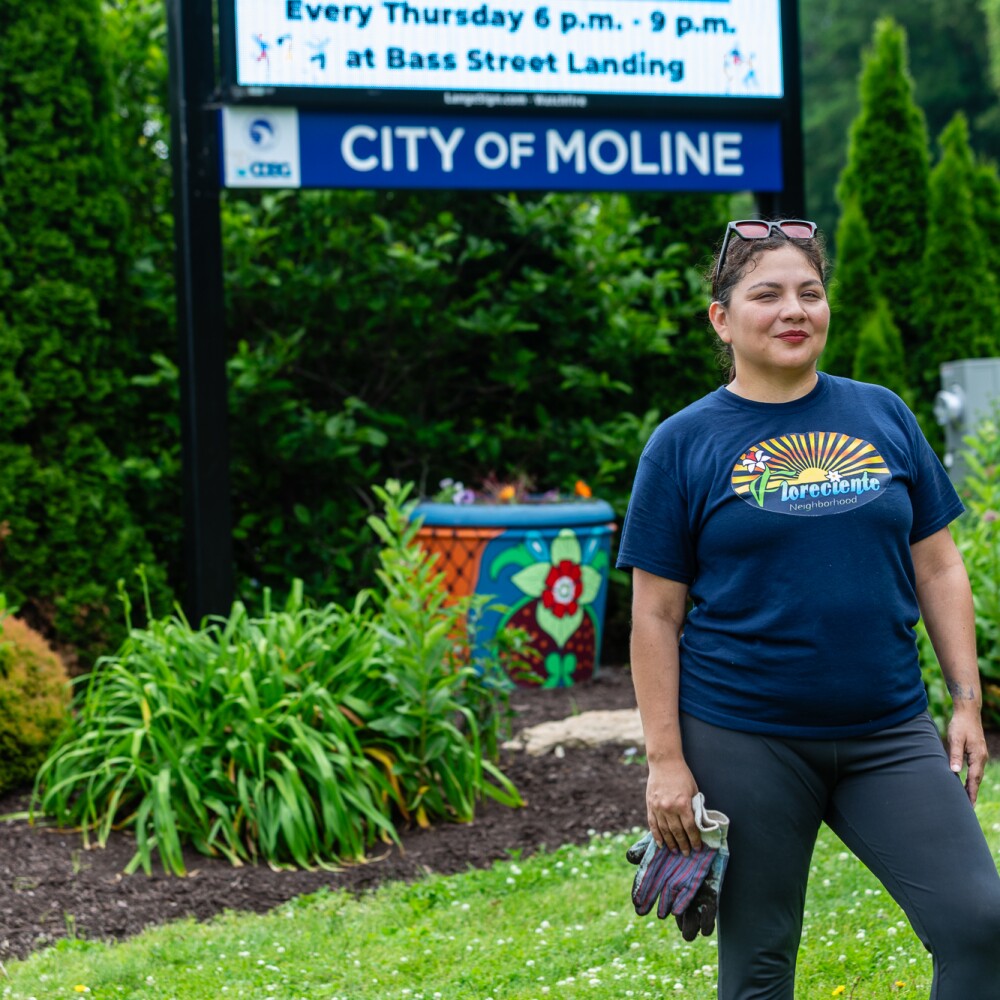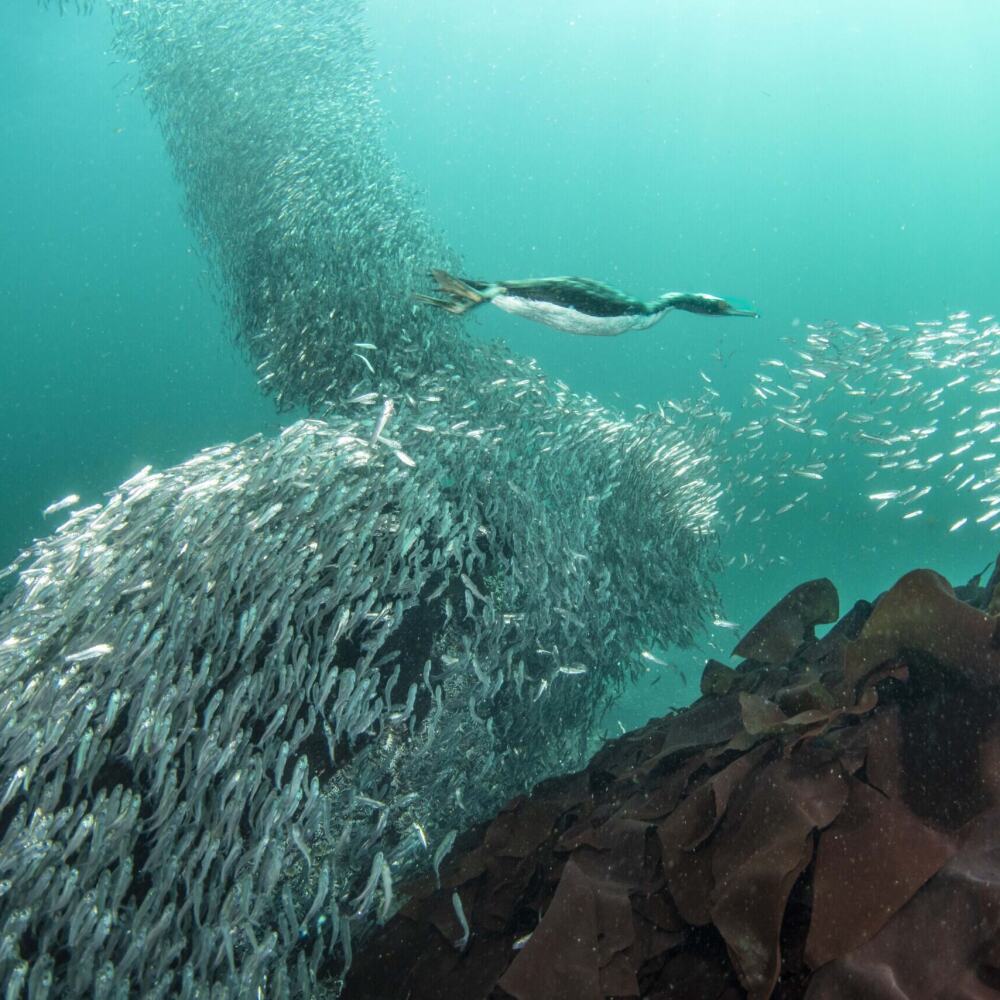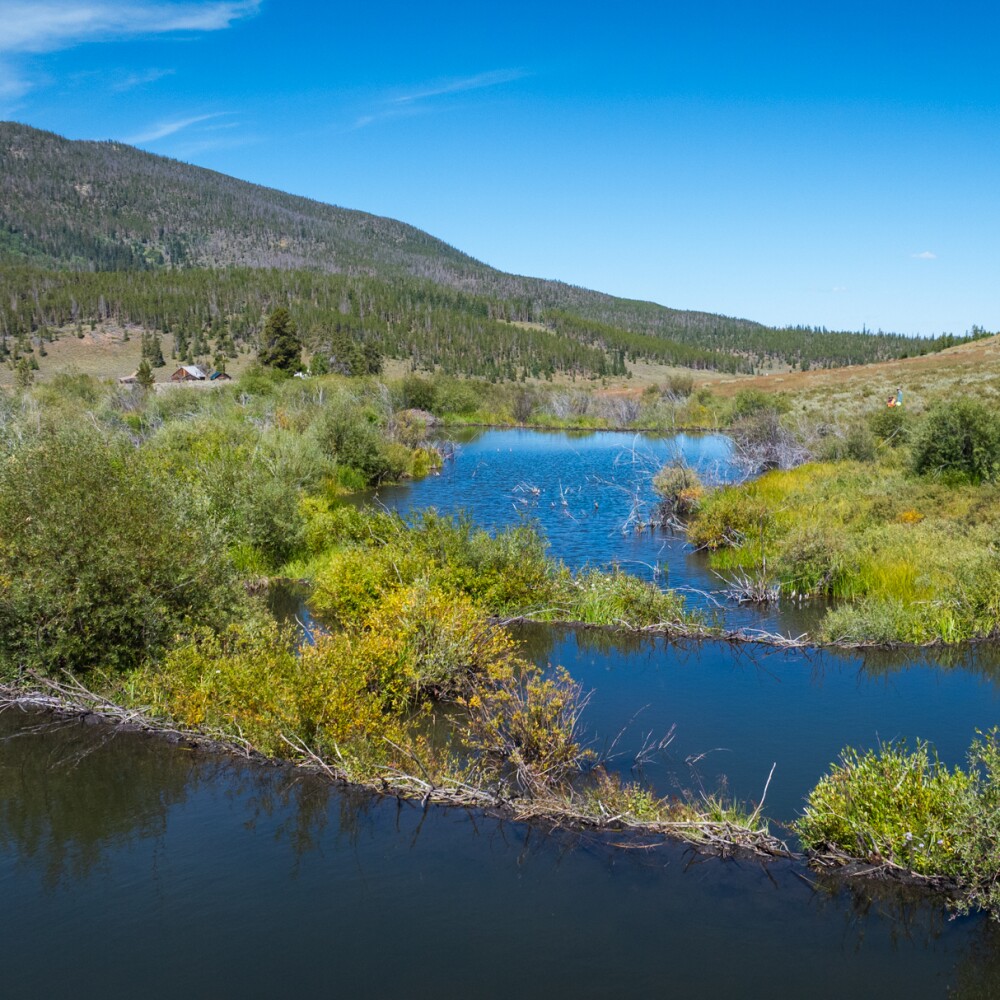More than a century ago, the lush alluvial valley of the Mississippi River was home to 24 million acres of bottomland hardwood forest and swamp. Much of this land in Arkansas, Louisiana and Mississippi was deforested in the middle of the 20th century and converted to cropland.
But thanks to federal conservation programs that return frequently flooded farms to nature, the trees and wetlands are making a comeback. Over the past decade, the Walton Family Foundation is proud to have worked closely with the Natural Resources Conservation Service (NRCS) and conservation organizations to support the restoration of more than 104,000 acres and the planting of more than 30 million trees in the Mississippi Alluvial Valley.
These investments now include a new $1.25 million grant to support the restoration of 10,000 additional acres of frequently flooded lands in the Mississippi Alluvial Valley, benefitting water quality, wildlife and farmers through conservation easement payments on marginal agricultural land.
The environmental success story unfolding in the lower Mississippi River valley is a testament to creative alliances like the Tri-State Conservation Partnership, a coalition of NGOs from Arkansas, Louisiana and Mississippi that are collaborating with the federal government to maximize the environmental benefits of restoration in those three states.
It is an extremely unselfish partnership. We are learning that collaboration is the most effective way to deliver on our shared conservation goals.
The groups include The Nature Conservancy, Wildlife Mississippi, Ducks Unlimited and others committed to improving habitat for wildlife, recreational hunting and fishing and water quality.
“The partnership succeeds because every one of these organizations is working to restore wetlands and bottomland hardwoods in this geographical region,” says Ron Seiss, co-coordinator of the Tri-State Conservation Partnership.
“It is an extremely unselfish partnership. We are learning that collaboration is the most effective way to deliver on our shared conservation goals. The partnership is a model for the rest of the nation.”
Members of the Tri-State Conservation Partnership work together to identify conservation funding opportunities through federal Farm Bill programs like the Wetland Reserve Easements (WRE) component of the Agricultural Conservation Easement Program.
This program, administered by the Natural Resources Conservation Service, pays farmers to take unproductive and frequently flooded lands out of production, creating an economic benefit for landowners through an easement payment and for taxpayers by reducing federal disaster and crop assistance payments.
“Our objective is to take former or degraded wetlands and restore that land back to its natural wetland functions,” says Tim Landreneau, assistant state conservationist with NRCS in Louisiana.
“The benefits from that include increasing and enhancing wildlife habitat, increasing floodwater retention, reducing soil erosion and improving water and soil quality.”
Members of the Tri-State Conservation Partnership share staff resources and identify funding opportunities – whether from philanthropy or private businesses – that can be used to access federal funds for restoration.
The alliance’s members work together to identify land for conservation and then carry out the restoration work when federal funding is approved.
“The Partnership is making our federal conservation dollars go further,” says Tim.
Federal wetlands conservation programs are popular among farmers and landowners because they ease the economic strain of farming unproductive or frequently flooded land, while also increasing recreational opportunities to hunt and fish and potentially opening up new streams of income.
“We’re highly supportive of agriculture. But if farmers aren’t making ends meet, it may be a better use for that land to be in natural habitat,” says Ron.
“The WRE program provides an opportunity for them to make that economic decision for themselves. And then society gains from the conservation and environmental benefits.”
The Walton Family Foundation supports the work of the Tri-State Conservation Partnership through our Environment Program’s Mississippi River initiative.
The foundation’s latest $1.25 million grant, to the National Fish and Wildlife Foundation, leveraged $30 million in additional federal and private funding to plant up to two million trees and restore 10,000 acres of bottomland hardwood forest and wetlands. This includes 3,300 acres for restoration in Arkansas, Louisiana and Mississippi to be carried out by the Tri-State Conservation Partnership.
The project shows the potential for securing big conservation victories when business, government and philanthropy come together and find solutions – and the environmental benefit is significant.
Restored wetlands remove nutrients lost from ongoing agricultural production in the valley, which helps improve water quality in the Mississippi River Basin. They also create new habitat for birds in one of the most important migratory stopovers for waterfowl in North America, while preserving habitat for 100 fish species and more than 100 breeding land birds.
“By working together, all of these organizations are leveraging their dollars with other dollars. Everybody benefits from that,” says Ron.
“We can utilize additional capacity to pull people together and coordinate shared conservation objectives. This group gets things done to enhance conservation in the Lower Mississippi River Alluvial Valley.”
For NRCS, the Tri-State Conservation Partnership “keeps us tied to the land, tied to local concerns and issues that help us ensure our programs fit what the landowners really want and need,” says Tim.
“The strongest testimony for this restoration work is when you talk to some of these landowners who were kids in the 1960s or 1970s,” he adds. “They grew up with their dad or grandparents hunting on that land and seeing it as wetlands. They’ve struggled to farm some of that land and are now restoring it to nature they enjoyed in their youth.”




